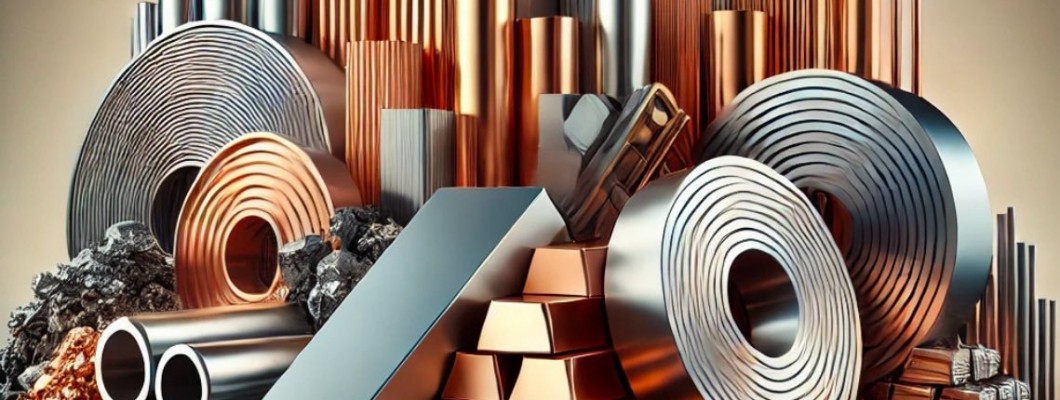
Металлы: как сталь, алюминий и медь правят миром (и почему это важно даже для вас)
Когда слышишь слово «металлы», первая мысль: «Ну да, это же всё вокруг нас». И правда, они – основа современной цивилизации. Если вы читаете это на смартфоне или за ноутбуком, за рулем автомобиля или просто сидите на стуле – благодарите сталь, алюминий, медь и их менее известные, но не менее важные собратья. Металлы — это не только то, что сверкает на солнце, но и то, что двигает мировой прогресс. Давайте разберёмся, что происходит на рынке металлов в Европе, России, Иране, Турции и в мире в целом, чтобы даже не металлотрейдеры смогли понять, почему это так важно.
Европа: зелёная революция с металлическим оттенком
Европа — один из крупнейших потребителей металлов. Однако последние годы регион словно окутан паром «зеленой революции». На фоне борьбы с углеродным следом европейские компании переориентируются на низкоуглеродное производство стали, алюминия и других металлов.
- Сталь: Европа стремится заменить традиционное угольное производство на электроплавильные печи, работающие от возобновляемых источников энергии. Итог? Дороже, но «чисто».
- Алюминий: Этот металл называют «летучей мышью» экономики — лёгкий, но невероятно энергоёмкий в производстве. Европейские алюминиевые заводы переживают тяжёлые времена из-за высоких цен на энергию, особенно после энергетического кризиса.
- Цены: В 2023 году цены на сталь и алюминий в Европе показывали скачки из-за геополитических событий, включая войну в Украине и санкции против России.
Вывод: Европа хочет быть экологически чистой, но пока это обходится ей дорого.
Россия: крепкий, как сталь, игрок, но со своими проблемами
Россия — крупный поставщик металлов, но ей приходится играть по новым правилам после введения санкций.
- Алюминий: Один из козырей России — алюминий. Компания «Русал» обеспечивает значительную долю мирового производства. Однако ограничения на экспорт в Европу заставили искать новых партнёров, в частности в Азии.
- Сталь: Российская сталь всё ещё конкурентоспособна благодаря дешевому сырью и энергии. Внутренний рынок стабилен, но экспортный страдает.
- Медь и никель: Россия — важный мировой игрок в этих сегментах. Медь нужна для кабелей и электроники, никель — для батарей электромобилей. Здесь у страны есть прочные позиции.
Вывод: Россия адаптируется, но её рынки диверсифицируются из-за ухода Запада. Теперь Азия, Турция и Ближний Восток стали главными потребителями.
Иран: под санкциями, но с амбициями
Иран — это кладезь ресурсов, который постоянно пытается прорваться на мировой рынок, несмотря на санкции.
- Сталь: Иран входит в топ-10 мировых производителей стали. Проблема в том, что экспорт осложняется из-за ограничений, но соседи вроде Турции и Китая охотно покупают.
- Медь: Иран активно развивает свою медную промышленность. Это металл будущего, учитывая переход мира на электромобили и возобновляемую энергетику.
- Политика: Успех Ирана на рынке металлов — это всегда баланс между дипломатией и рынком.
Вывод: Иран — темная лошадка, которая может удивить, если её ресурсы будут свободно доступны.
Турция: между Европой и Азией
Турция — это мост не только между континентами, но и между рынками металлов.
- Сталь: Турция — один из крупнейших импортеров лома и экспортеров стали. Строительный бум в стране поддерживает внутренний спрос, а географическое положение делает её ключевым звеном в поставках между Европой и Азией.
- Медь и алюминий: Турция активно развивает переработку и производство алюминия и меди. Рост строительства и производства электромобилей усиливает спрос.
Вывод: Турция — стратегический игрок, который ловко балансирует между крупными рынками.
Мировая арена: что происходит глобально?
Мир металлотрейдинга движется вокруг трёх ключевых факторов:
1. Энергия: Производство металлов — энергоёмкий процесс. Высокие цены на энергию в Европе и рост спроса на «зеленые» металлы формируют новые цепочки поставок.
2. Технологии: Медные кабели, алюминиевые корпуса, литий-ионные батареи — всё это потребует металлов, и много. Это значит, что спрос на медь, никель и литий продолжит расти.
3. Геополитика: Санкции, войны и торговые споры формируют новые альянсы. Китай продолжает доминировать, но Россия, Турция и Иран пытаются укрепить свои позиции.
Почему это важно для всех?
Даже если вы никогда не работали с металлами, они — часть вашей жизни.
- Цена на медь влияет на стоимость вашего нового смартфона.
- Алюминий определяет, насколько легким и экономичным будет ваш автомобиль.
- Никель и литий обеспечивают работу батареи в вашем электромобиле или ноутбуке.
Между тем 2024 год стал годом перемен и адаптации для рынка металлов. Давайте разберёмся, что произошло:
- Медь: Спрос на медь продолжал расти, особенно в связи с развитием возобновляемых источников энергии и электромобилей. Прогнозы цен на медь в 2024 году были повышены, и в базовом сценарии ожидалась цена около $9,025 за тонну.
- Алюминий: Алюминий также пользовался повышенным спросом, особенно в строительстве и автомобильной промышленности. Прогнозы цен на алюминий в 2024 году также были повышены, и в базовом сценарии ожидалась цена около $2,425 за тонну.
- Золото: Золото продолжало быть активом-убежищем в условиях глобальной неопределённости. Прогнозы цен на золото были повышены, и к концу 2024 года ожидалась цена около $2,600 за унцию.
Прогнозы на 2025 год: что нас ждёт?
А что же нас ждёт в 2025 году? Давайте взглянем на прогнозы:
- Медь: Ожидается, что спрос на медь продолжит расти, особенно в связи с развитием электромобилей и возобновляемых источников энергии. Однако возможны колебания цен из-за изменений в мировой экономике и политике.
- Алюминий: Спрос на алюминий, вероятно, останется высоким, особенно в строительстве и автомобильной промышленности. Однако возможны колебания цен из-за изменений в производственных мощностях и спросе.
- Золото: Золото, вероятно, останется активом-убежищем в условиях глобальной неопределённости. Однако возможны колебания цен из-за изменений в мировой экономике и политике.
Заключение: металлы как основа нашего мира
Металлы — это как тихие герои экономики, без которых невозможно представить будущее. А учитывая борьбу за экологию, энергетику и ресурсы, их значение будет только расти. Так что в следующий раз, когда услышите про медь или алюминий, помните: это не просто металл, а инструмент прогресса.
Металлы продолжают играть ключевую роль в нашей жизни. От меди в проводах до золота в ювелирных изделиях — они окружают нас повсюду. Понимание их рынка помогает нам лучше ориентироваться в экономических процессах и принимать более обоснованные решения.
Так что, друзья, следите за рынком металлов — это не только интересно, но и полезно!

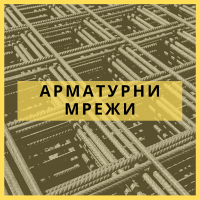
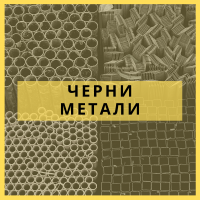

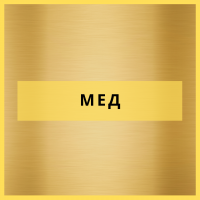
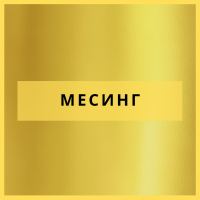


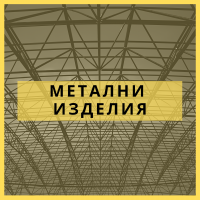



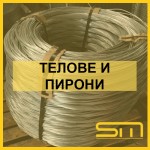
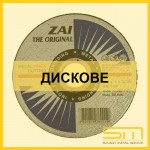
-150x150.png)

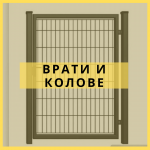











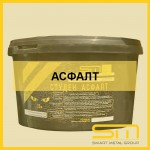



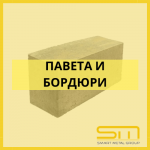


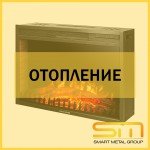


-150x150.jpg)
-150x150.jpg)
-150x150.jpg)